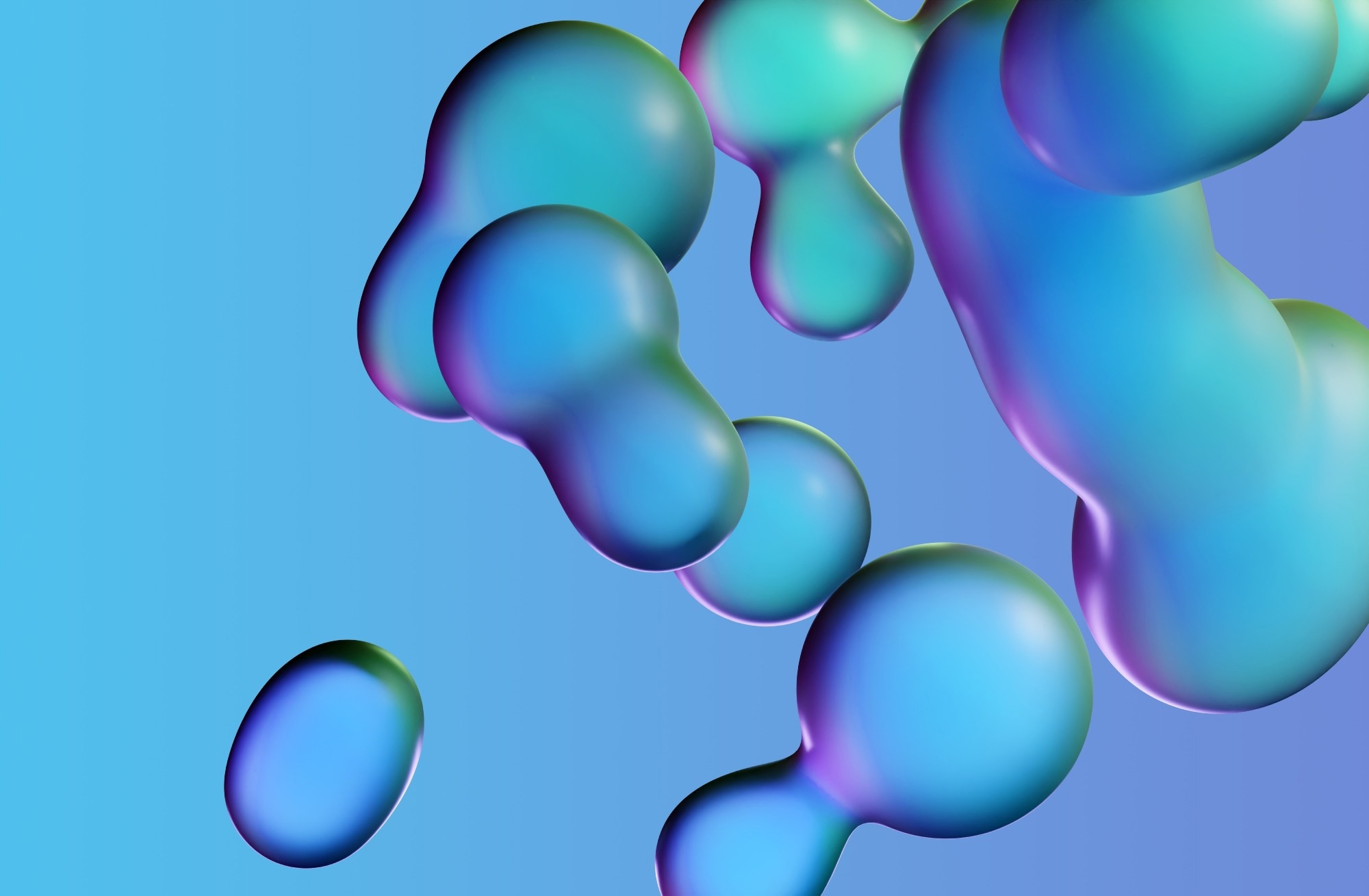In an article published in the journal Scientific Reports, researchers from the University of Technology Urmia, Iran, explored various key factors affecting the size, encapsulation efficiency (E.E.%), and drug loading (D.L.%) of poly lactic-co-glycolic acid (PLGA)-based nanoparticles (NPs) using machine learning (ML) algorithms.
 Study: Machine Learning Unravels Key Factors in PLGA Nanoparticle Design. Image credit: Oksana Henyk/Shutterstock
Study: Machine Learning Unravels Key Factors in PLGA Nanoparticle Design. Image credit: Oksana Henyk/Shutterstock
Background
PLGA is a copolymer of lactic acid and glycolic acid approved by the Food and Drug Administration (FDA) for various biomedical applications, such as implants, sutures, and drug delivery systems. It is a biodegradable polymer that has been widely used as a drug delivery system for various therapeutic agents. However, the design and optimization of PLGA NPs pose challenges due to the complexity of various physicochemical and technical parameters.
Nanomedicine is a field that aims to design and synthesize nanoscale materials for medical applications, such as diagnosis, imaging, and therapy. Among the various types of nanomaterials, PLGA-based NPs have attracted considerable attention due to their biocompatibility, biodegradability, and versatility. They can encapsulate and deliver various drugs, including small molecules, proteins, peptides, and nucleic acids. Moreover, they can be modified with different functional groups, such as targeting ligands, proteins, or polymers, to enhance their stability, specificity, and efficacy.
However, the development of PLGA NPs is not a simple process, as it involves many factors that can influence their physicochemical properties and performance. Some of these factors are related to the polymer itself, such as molecular weight (Mw), lactide-to-glycolide (LA/GA) ratio, and the presence of a polyethylene glycol (PEG) layer. Other factors are related to the preparation method, such as solvent, surfactant, and technique. These factors can affect the size, shape, surface charge, drug loading, drug release, and biodistribution of PLGA NPs, which in turn can impact their pharmacokinetics, pharmacodynamics, and toxicity. Therefore, it is important to understand and control the effects of these factors on the PLGA NP characteristics and optimize them for the desired application.
About the Research
In the present paper, ML techniques are used to analyze and model the data from the literature on PLGA NPs. ML is a branch of artificial intelligence (AI) that can learn from data and make predictions or decisions based on patterns and rules. It can handle large and complex datasets, discover hidden relationships, and provide reliable and accurate results, so it can be used for data-driven nanomedicine.
The authors collected data from over 100 research articles that reported the properties, as well as various features related to polymer chemistry and the preparation method of PLGA NPs. They identified eight features, such as PLGA Mw, LA/GA ratio, PEG presence, PEG Mw, preparation method, solvent type, and polyvinyl alcohol (PVA) presence reported as influential on the size, E.E.%, and D.L.% of PLGA NPs.
Using these features as input variables, with size, E.E.%, and D.L.% as output variables, the researchers employed four different ML algorithms, namely random forest (RF), support vector regression (SVR), logistic regression (LR), and multilayer perceptron (MLP), to develop a predictive model. They also used a feature selection method called least absolute shrinkage and selection operator (LASSO) to assign a weight to each feature and rank them by their importance for each output variable. Moreover, they utilized tenfold cross-validation methods to train and validate the models and compare their performance in terms of mean square error (MSE) and absolute error (AE).
Research Findings
The outcomes showed that the SVR with a radial basis function (RBF) kernel was the best ML method for predicting the size and E.E.% of PLGA NPs, while the LR model was the best ML technique for predicting the D.L.% of PLGA NPs with the lowest MSE and AE.
Comparing the performance of ML models using different numbers of features, the authors found that the optimal number of features was seven, excluding those with zero weights in the LASSO algorithm. For size prediction, the PLGA LA/GA ratio was excluded; for E.E.% prediction, it was the solvent type; for D.L.% prediction, excluded features included size, E.E.%, and PEG Mw.
The study also investigated the interactions between different targets using the LASSO algorithm. It highlighted that the size and E.E.% were interrelated, while D.L.% showed no significant correlation with the other targets. Among the features, E.E.% was the most influential factor affecting the size of PLGA NPs, while PLGA Mw and PLGA LA/GA ratio were the most determining features for E.E.% and D.L.% of PLGA NPs, respectively.
Conclusion
In summary, the authors utilized ML techniques to investigate the influential parameters on the PLGA NP characteristics. They applied four ML algorithms to create predictive models using data extracted from the literature. Moreover, they used a feature selection method to identify the most important features for each target variable. The results showed that the ML models could accurately predict the size, E.E.%, and D.L.% of PLGA NPs and provided insights into the relationships between the parameters and the outcomes.
The study suggested that ML techniques could be a useful approach for data-driven nanomedicine and the design and optimization of PLGA NPs as drug delivery systems. They can help researchers understand and control the effects of various parameters on the PLGA NP features and optimize them for the desired application. Moreover, they can be used in other fields of nanomedicine, such as nanotoxicology, nanodiagnostics, andnanotheranostics.